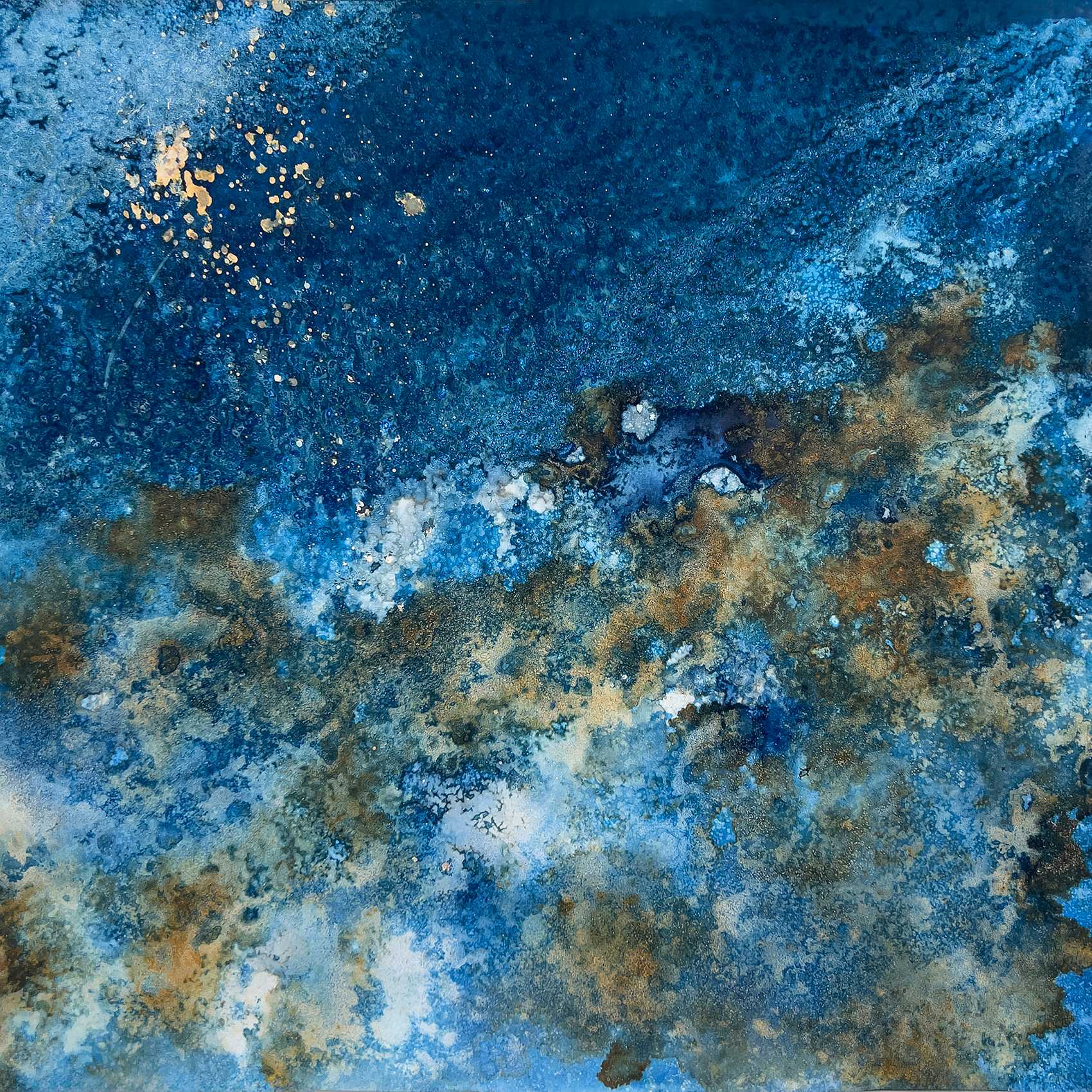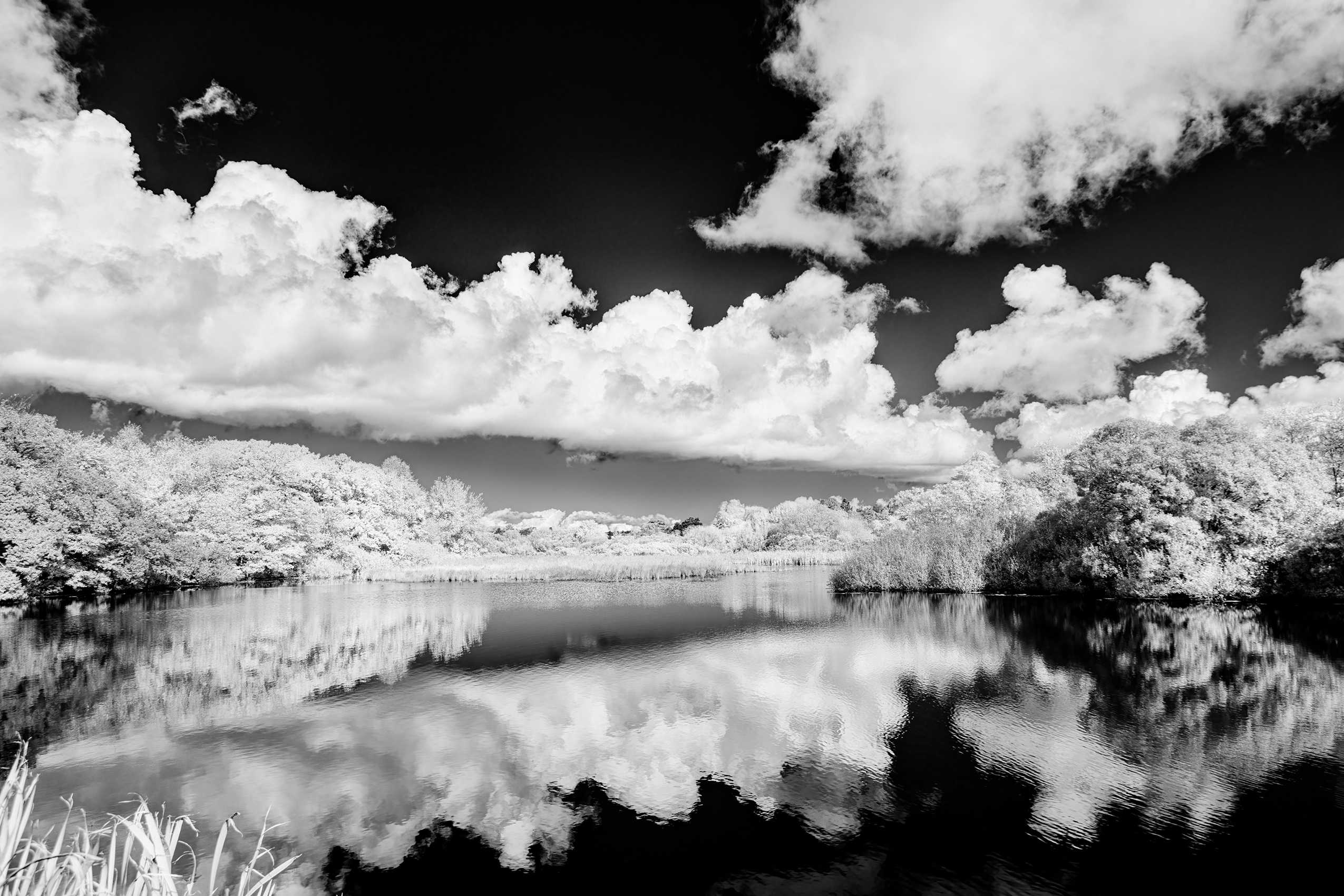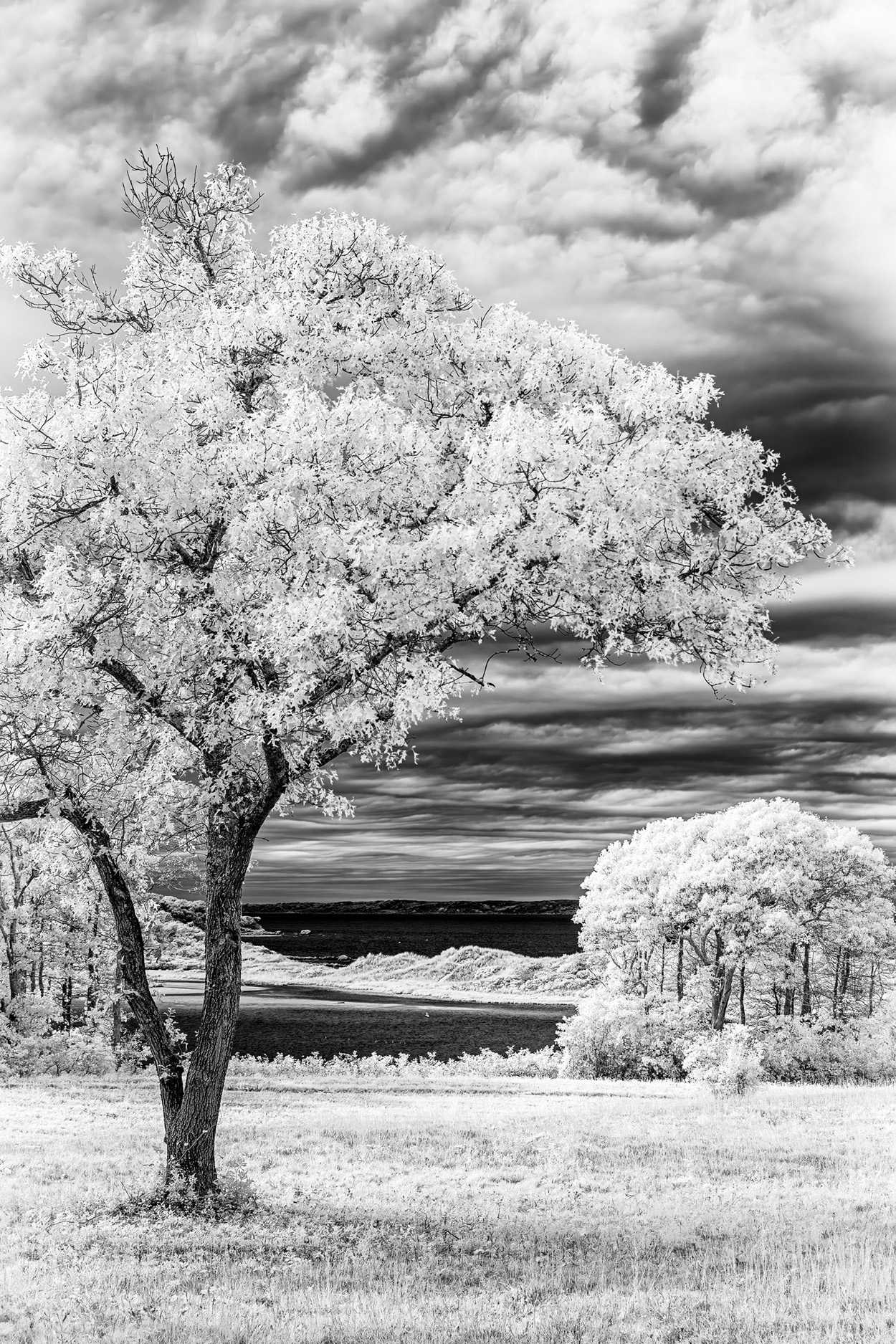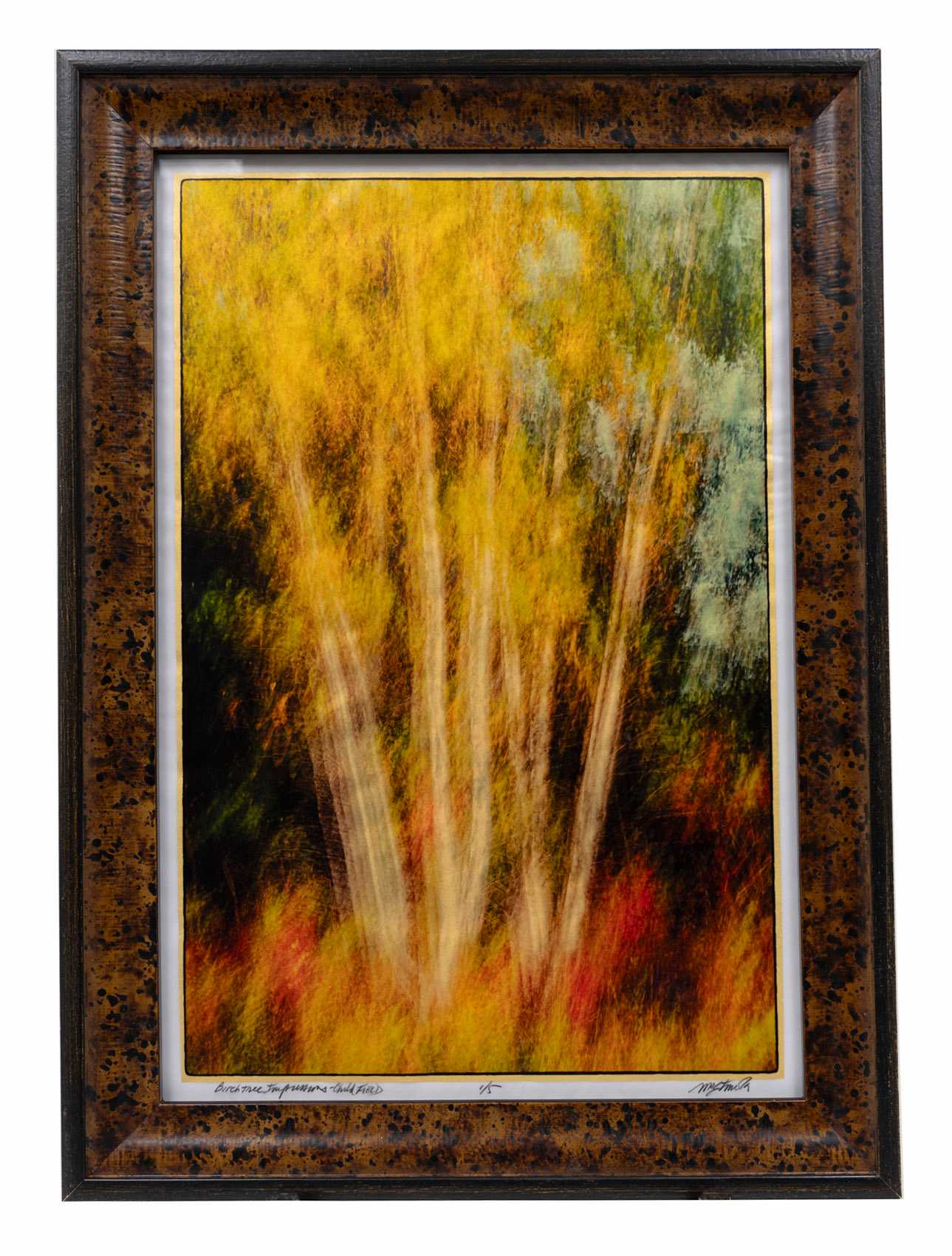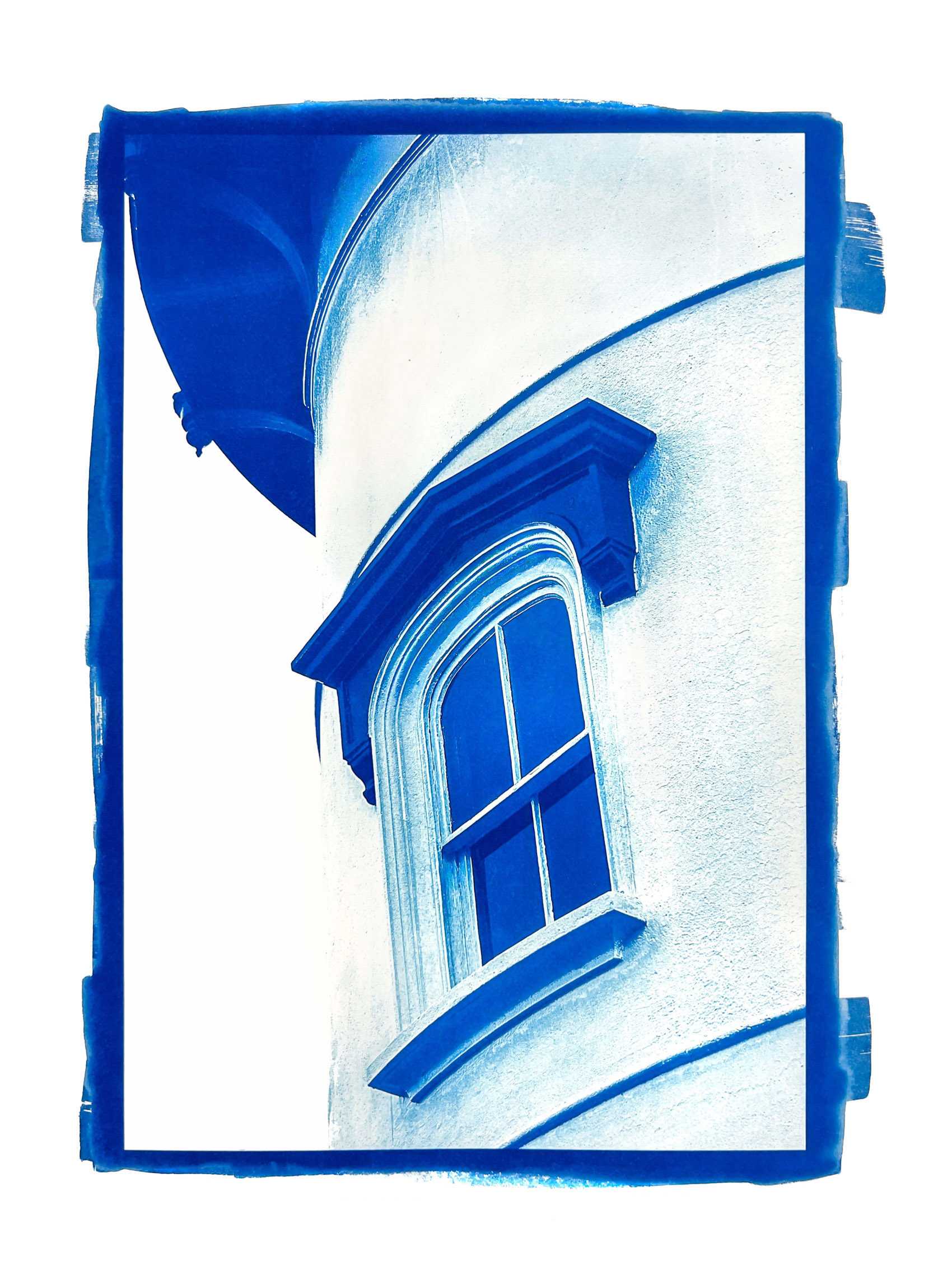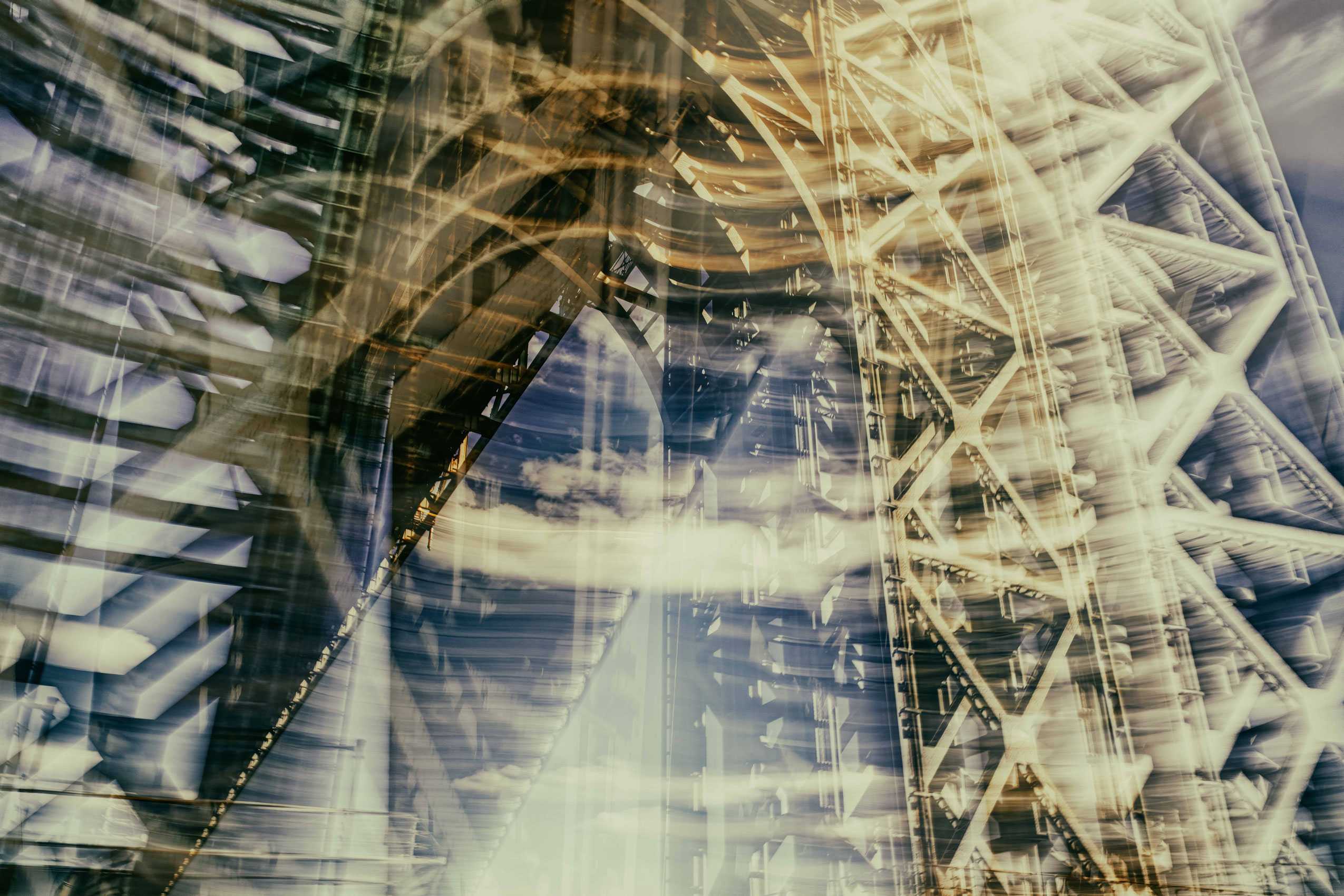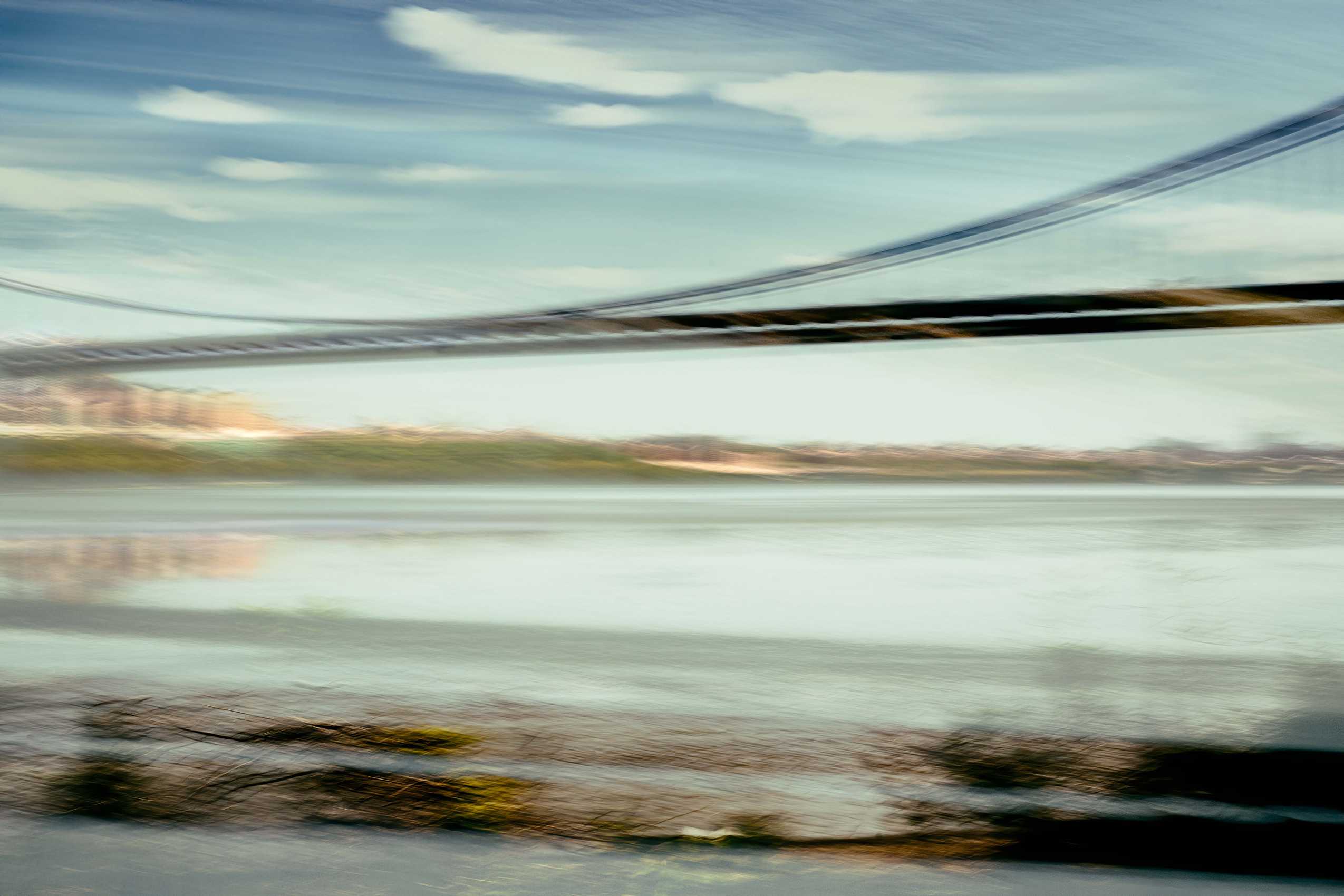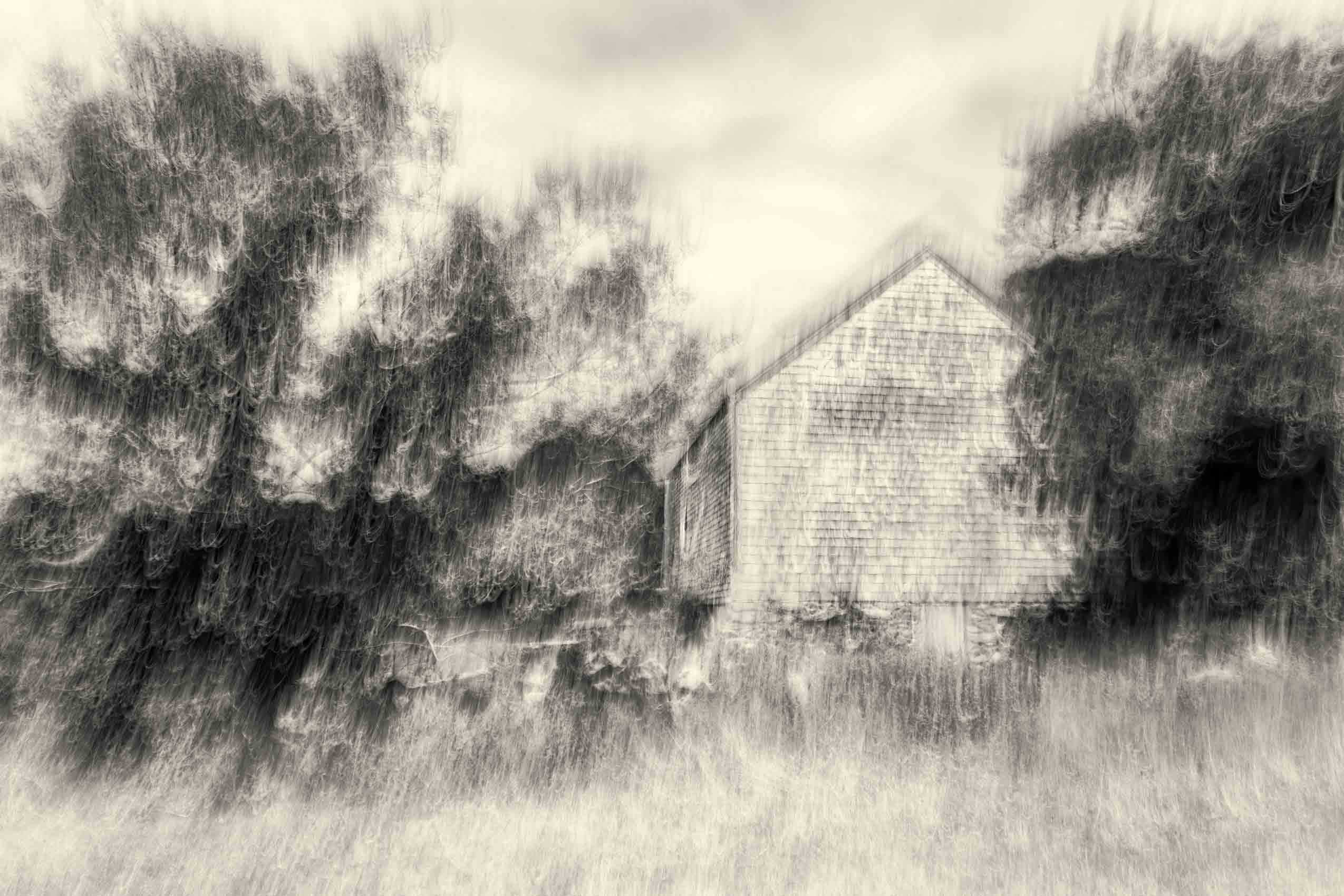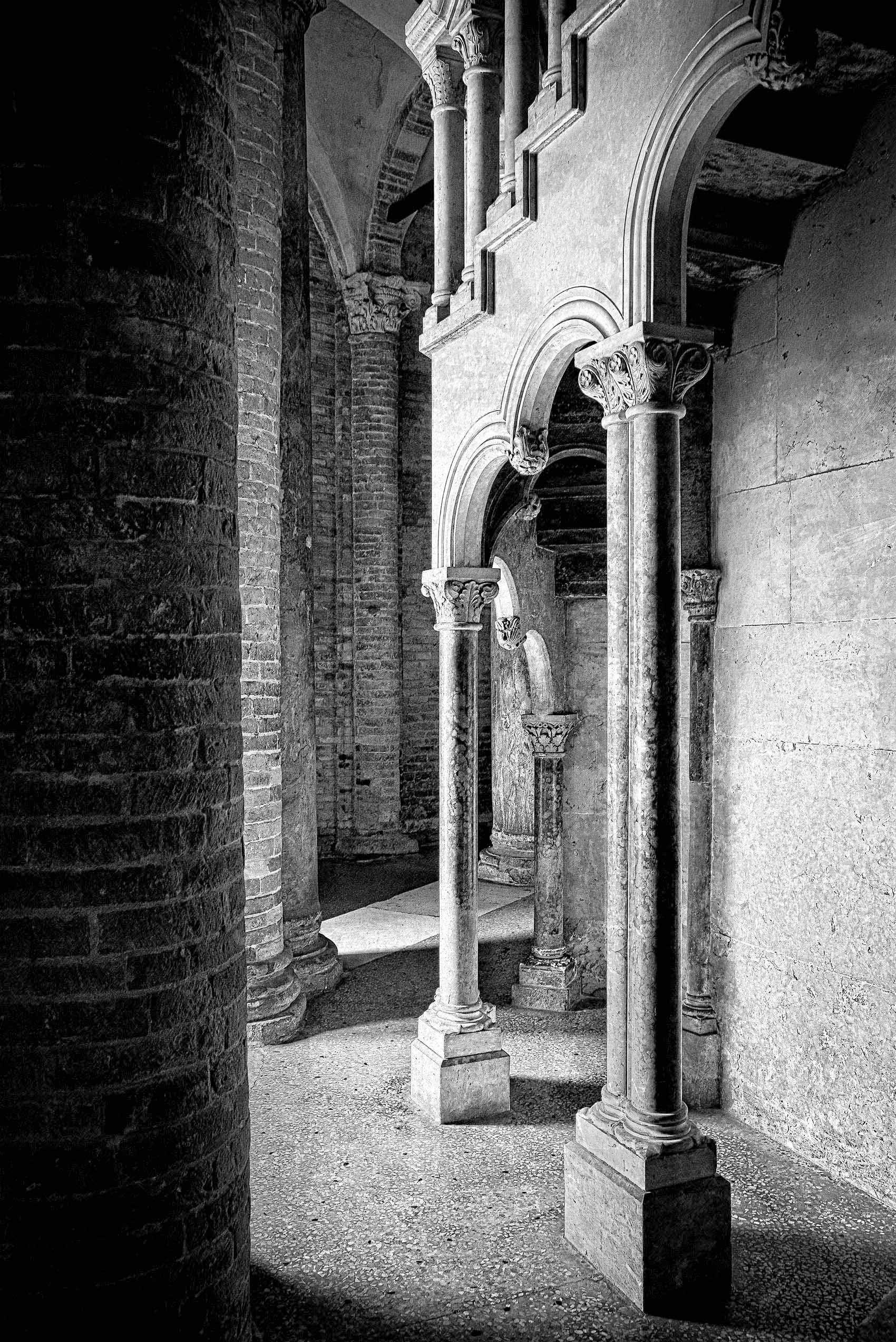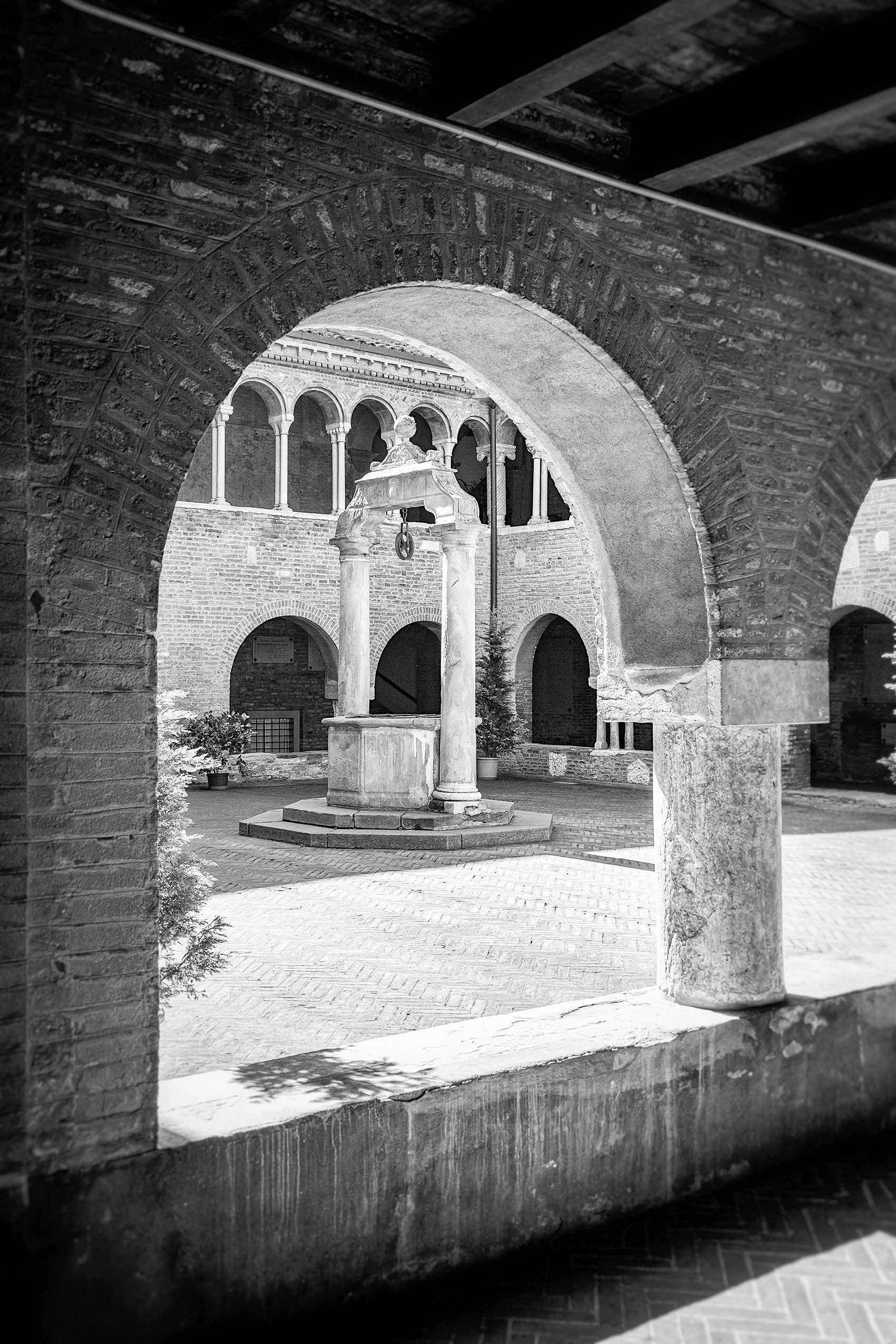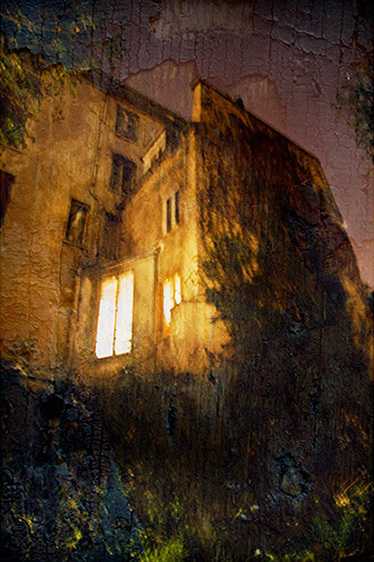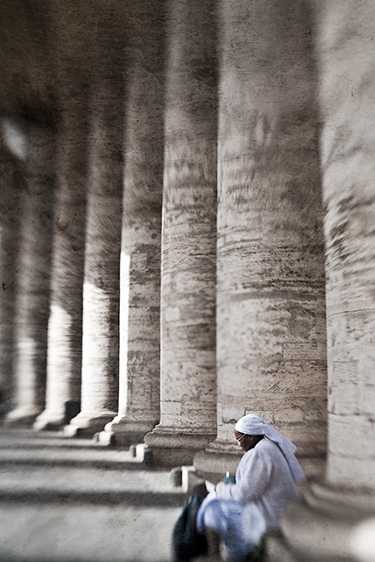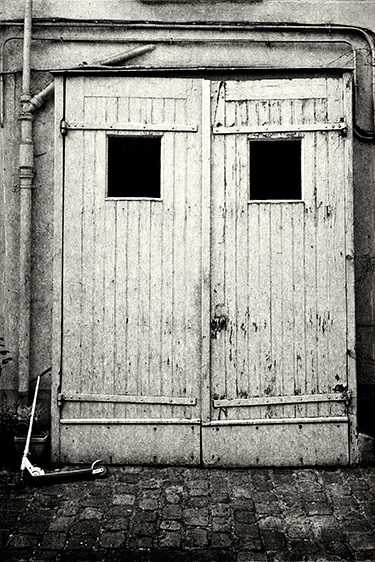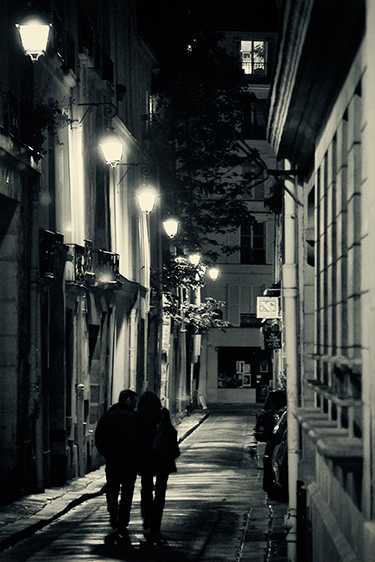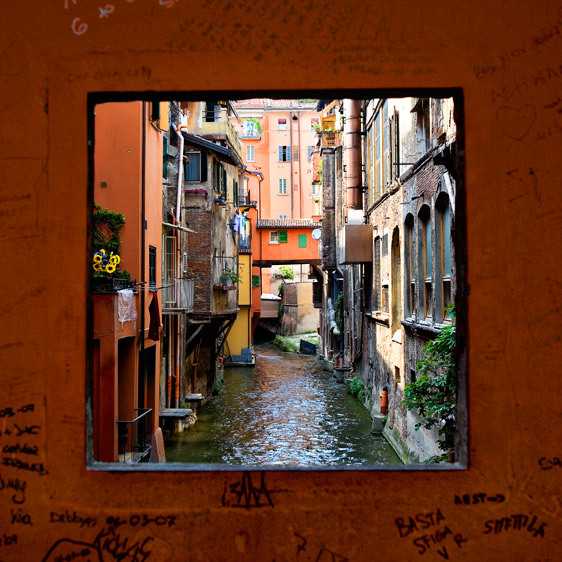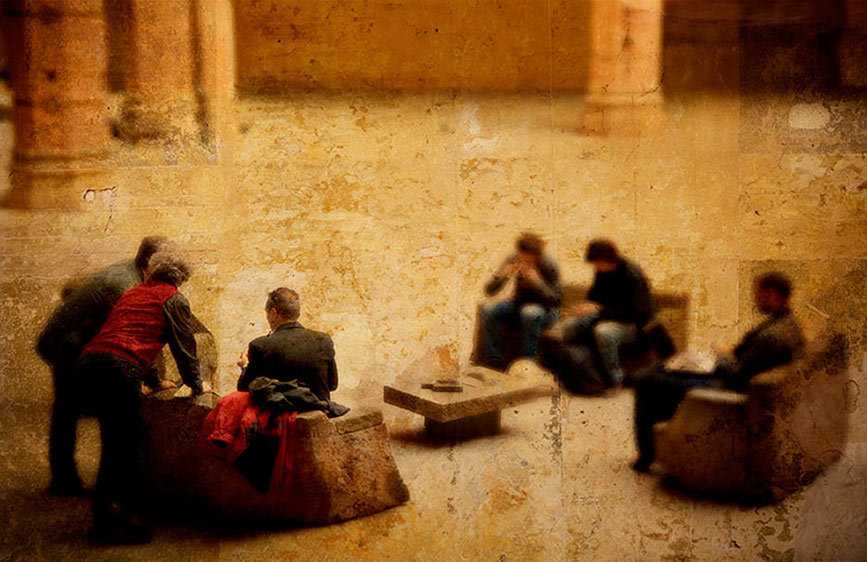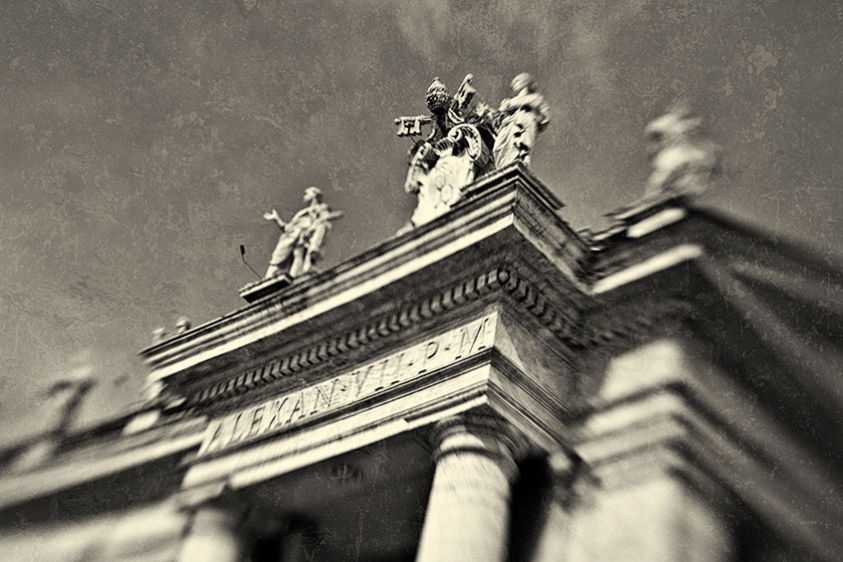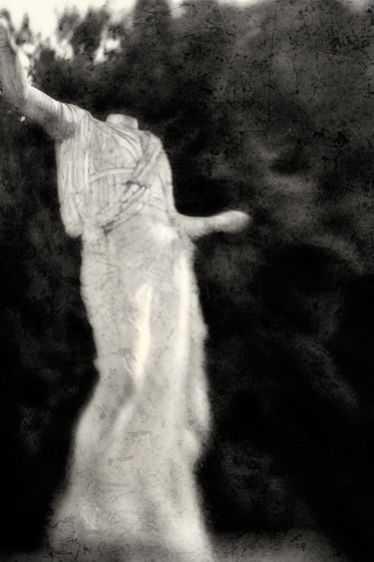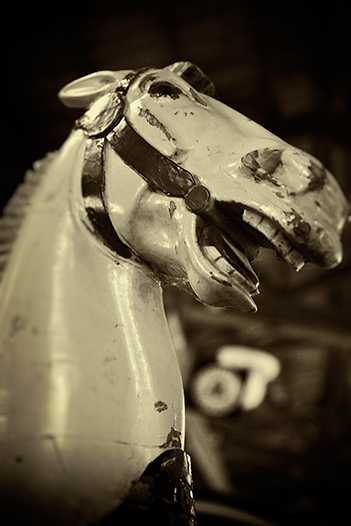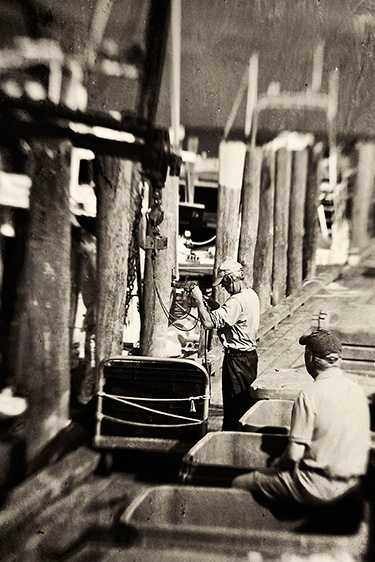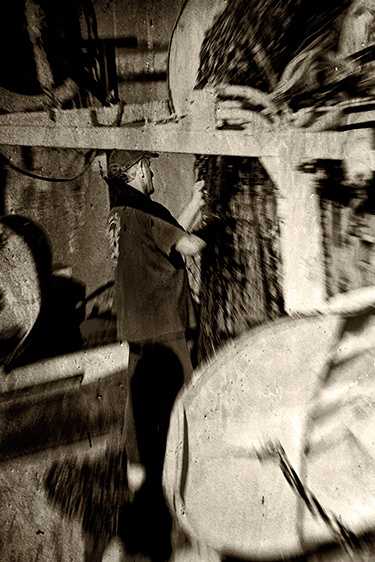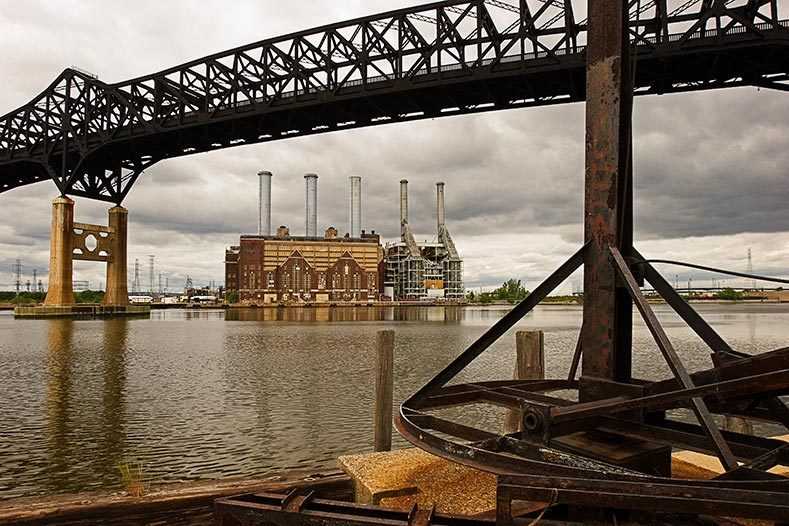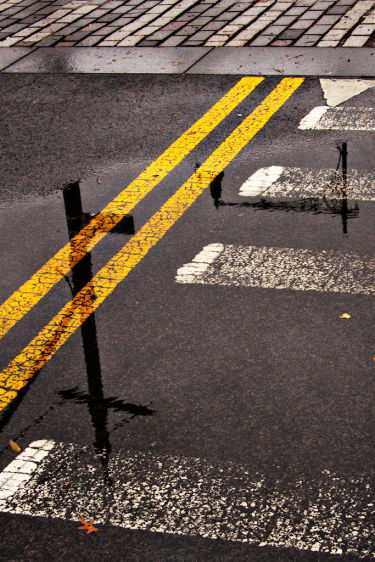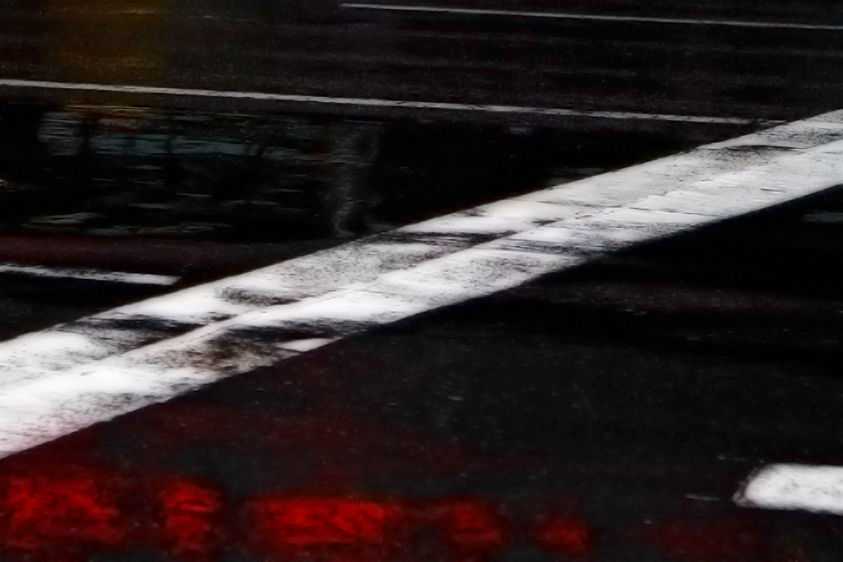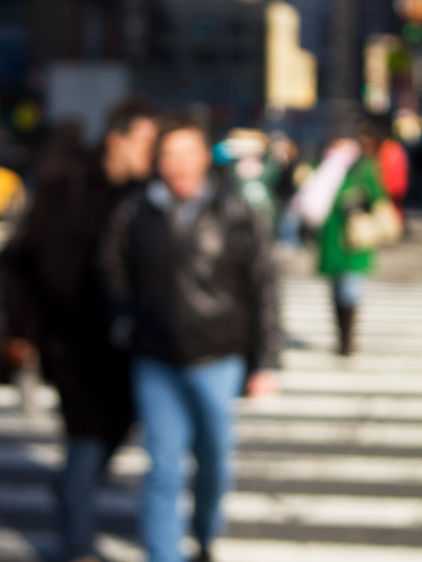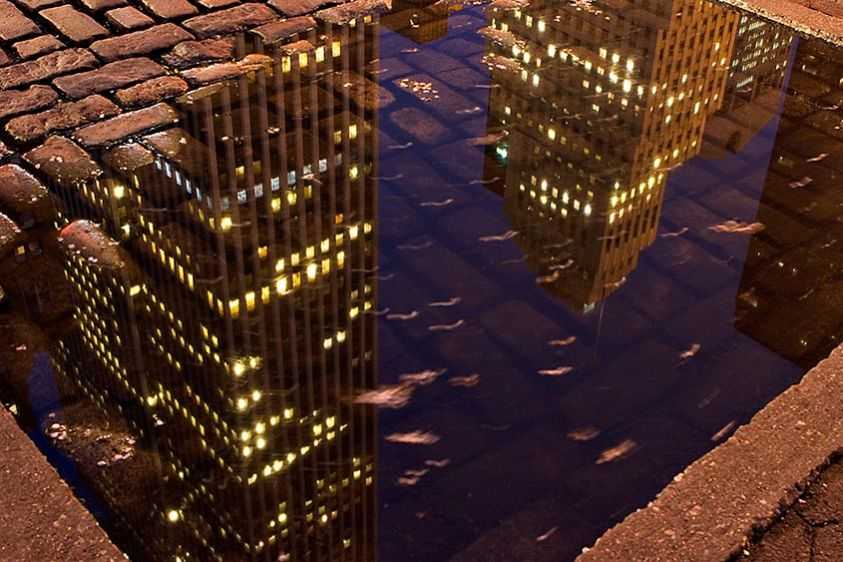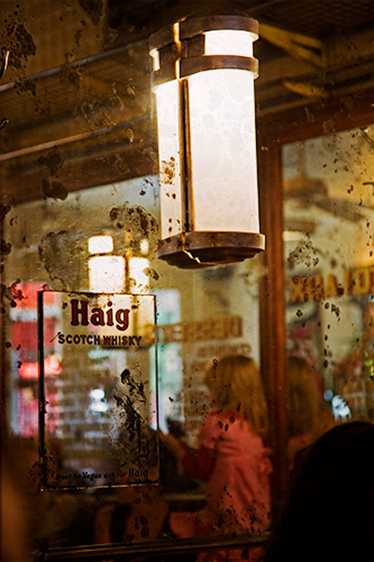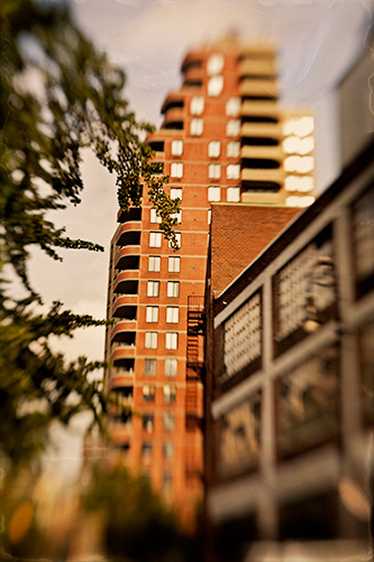2025 Field Gallery Show
My annual photography show at the Field Gallery, West Tisbury, MA on Martha's Vineyard will run from Thursday, August 29 through Thursday September 11, 2025. The formal opening will be on Saturday, August 30 from 4 to 6pm.
Featured in the show are Infrared Black & White photographs and one of a kind prints made with 19 Century Cyanotype photographic chemicals, Island salt and pond water, and natural and man-made materials. See my artist statements that follow for more information about this year's work.
2025 Field Gallery Show
Water Marks Project
As a photographer, this “Water Marks” series, started in 2022, is a major shift in my thinking about the traditional practice of photography. Making these prints does not involve the use of a camera or lens of any kind. The traditional 19th Century Cyanotype process produces white silhouettes of objects on a blue background or blue and white photographic images from negatives exposed on chemically sensitized paper when exposed to ultraviolet light. These Water Marks prints are made by the interactions among Cyanotype chemistry, ultraviolet light and the environment in which they are made. My active involvement in the process, as well as a large measure of chance produce the final prints.
Sensitized paper is placed at the water’s edge where sea, brackish or pond water, sand, shell fragments, seaweed, and sediment interact with it. The paper is exposed to the sun’s UV light on location. At the water’s edge and back at my studio I intervene in the process by altering the chemistry, manipulating the paper and the shoreside materials that are on the paper. I also add handmade seaweed and leaf pigments and other materials.
Exposure continues until I’m satisfied with the cumulative outcome of these dynamic, unpredictable interactions. The final prints reveal classic Cyanotype Prussian Blue, embellished with colors and textures produced by the sunlight, water and the other elements with which they have been made.
Unlike traditional photographs where the image is a permanent record of a place, event or subject at a particular time, these prints are not “fixed” as darkroom prints are. Just as the environments in which they are made change over time, so do the prints. The chemistry continues to respond to the environment in which the prints are displayed, especially to light and humidity. Subtle changes may occur to the paper, colors, and physical elements on the surface of the prints - salt, sand, sediment, seaweed, algae may shed off the surface.
For me, these prints are an intriguing analogue of the natural processes involved in creating and altering the Island coastline and ponds we enjoy and often take for granted. My involvement in their production, like all human interactions with the natural environment, leaves a mark as well.
The Cyanotype process was developed in England in 1842 by Sir John Herschel, which led to the publication of the first book to use photographs-cyanotype silhouette prints of seaweed and algae-in 1843 by Anna Atkins. In my research and exploration of this process I’ve been inspired by contemporary Cyanotype artist Meghann Riepenhoff.
In a Different Light-Infrared Photography
I’ve been photographing the Island for over two decades and have always sought ways to make highly personalized photographs that capture its unique beauty, grand landscapes and ocean vistas, as well as more intimate settings and subjects. In 2024, I undertook a photographic project using a converted digital camera designed to capture infrared (IR) light within the near end of the IR light spectrum, 700 to 900nm, light humans cannot normally see. It produces striking, high contrast, Black & White photographs that present the Island in a truly unique and different way, one that encourages viewers to pause and consider familiar locales with a fresh perspective.
Different materials reflect or absorb IR light in varying degrees. Deciduous leaves appear bright white because the chlorophyll within the leaves is relatively transparent to infrared radiation, and the internal structure of leaves are highly reflective. Evergreen leaves do not reflect with the same intensity and appear darker. Clouds too are highly reflective because of their moisture content. And because IR light penetrates atmospheric haze, it reveals more moisture bearing clouds than we can normally see. This reflection causes clouds to appear bright white and stand out dramatically against skies, which absorb IR light and appear much darker. Reflective elements in many IR photographs appear to glow in contrast to the darker tones of water and inorganic materials such as rocks and man-made structures that absorb IR light.
My primary inspiration for this kind of photography is Minor White, the mid-20th century master photographer who made stunning infrared photographs. I am guided by his observation: “One should not only photograph things for what they are but for what else they are.”
2024 Field Gallery Show
About Trees
“The tree which moves some to tears of joy is in the eyes of others only a green thing which stands in the way. Some see nature all ridicule and deformity… and some scarce see nature at all. But to the eyes of the man of imagination, nature is imagination itself.” William Blake; Poet, Painter, Printmaker. 1799.
My work for 2024 is an expression of affection for trees that has its roots in life-long experiences in the natural world both on and off Island. Of course they are everywhere on the Island, and we can celebrate the work of numerous conservation organizations that have succeeded in protecting significant tracts of land that are home to the wide variety of trees and the ecosystems of which they are a vital part. Islanders and visitors can immerse themselves and find wonder, solace and connection in these protected places, but the joy of trees can be had anywhere we take time to be among them.
I’ve made a dozen gilded vellum prints of trees in various island settings. I chose this unique process because it permits me to best express William Blake’s description of what trees are for me. In their great variety and in the multitude of ways trees are simply themselves in the natural world, alone or in community, they challenge my imagination’s ability to creatively depict them. This work is not a taxonomy of Island trees. More an extended visual poem, a product of affection, memory and longing.
I will continue to photograph trees across the Island, constrained only buy a failure of imagination. I’m not sure where this will take me, but the uncertainty is its own motivation and reward.
In a Different Light
Because I’m restless by nature and believe Maya Angelou who said, “You can't use up creativity. The more you use, the more you have.”, I’ve undertaken a photographic project using a converted digital camera that captures Infrared (IR) light – light not on the human visual spectrum. Because the process involves light we normally can’t perceive and lends itself to striking Black & White and unusual color effect photography, the project offers many exciting possibilities for photographing different subjects. These first two are in Black & White of Nobska Lighthouse in Woods Hole and the Island Home ferry crossing Vineyard Sound. In both, clouds dominate the scene. The IR capacity of the camera’s sensor amplifies their character and beauty by capturing light not “visible” to our eyes or the typical sensor on digital cameras.
2024 Field Gallery Show Photographs
2023 Field Gallery Show
“You can't use up creativity. The more you use, the more you have.” Maya Angelou
This year’s pigment prints on paper are all black and white. I print them on thin, translucent, Japanese Kozo paper which imparts a subtle tone to the photographs of island locales.
Additionally, I’ve made two large color images, printed by a dye sublimation process on aluminum. Both are abstract expressions of the island’s unique natural environment.
I’ve have taken a hiatus from making gilded vellum prints to continue my study of the 19th Century Cyanotype process. After nearly two decades of making inkjet prints, lightning struck a couple of years ago when rereading Rebecca Solnit’s essay, “The Blue of Distance,” which initiated a deep dive into cyanotypes, and an obsessive “Exploration in Blue.” The history of the cyanotype process as both a means of documenting the physical world and a means of metaphoric expression appeals to me. And, while I still make the cyanotype Water Marks prints I introduced last year, my focus this year has shifted to making contact prints in the darkroom.
These cyanotype contact prints are a product of my fall down the Prussian blue rabbit hole and the direct result of a quote I read as I researched the process. “No one but a vandal would print a landscape…in cyanotype.” Lyle Rexer cites this assertion by 19th century photographer P.H. Emerson in his book, “Photography’s Antiquarian Avant-Garde, the New Wave in Old Processes.” Well, why not be a vandal!
Working from digital negatives, I infuse my prints with a sense of the everydayness of perception as filtered through a personal interpretive process. Some of the prints are made from new photographs, some from my archive. All are made using the traditional cyanotype formula that is hand applied on Hahnemuehle Platinum Rag paper. A negative is placed over the sensitized paper, exposed in a UV exposure unit, and then developed, fixed, and dried.
2023 Field Gallery Photographs
State Of Flux - Covid-19 Consciousness
Wherever I was during the pandemic I could feel people's uncertainty and apprehension about what was happening and what might yet happen. The anxiety was palpable and it was almost as if I could perceive in the atmosphere. Looking at New York City's familiar skyline in the spring, it was as if these collective feelings of uncertainty were emanating from the city itself. It was like the certainties about life we had faith in, our architecture of beliefs, could come undone. Later in the year, though better informed about what the pandemic actually was, this atmospheric condition persisted. The familiar landscapes and activities of summer and fall in Massachusetts were also filtered through it. I expect this condition will continue for a while. These photographers are visual interpretations of my experience.
A Sacred Place. An Exhibition at the Vineyard Playhouse on Martha's Vineyard opening October 5, 2019
A SACRED PLACE
This group of photographs from a larger collection highlights an assemblage of small Romanesque churches gathered under the name, Basilica of Santo Stefano, in the northern Italian city of Bologna. Every spring for the past decade, my wife and I have travelled there for a few days, she for business, me to photograph and immerse myself in a city of friendly people, gritty cosmopolitan energy, remarkable art and architecture, and exceptional food and wine.
While I am no longer a practitioner of the faith of my childhood, the long, intense exposure to it has left a lasting familiarity with its history and symbols. These few photographs attempt to convey a small part of my time spent in this physical manifestation of them.
The church complex dates to the 5th Century and was founded at the location of a temple dedicated to the Egyptian goddess Isis, whose worship was brought to the north of the Italy by the Romans. Since its founding, but especially during the Crusades, the site has been a destination for pilgrims. It was once known as “Jerusalem in Bologna” because many religious symbols built into the architecture of the site, as well as the religious artworks collected there, represented sacred places in the Holy Land. In the 12th Century, the various small churches, some built with Roman and Greek era columns were incorporated into a single complex in the Romanesque style of the period. Renaissance and Baroque styles influenced later additions and renovations.
Sitting low at the narrow side of the uneven triangular piazza that bears its name, modest Santo Stefano is open to the sky in the neighborhood in which it is located. This place of worship has been at this location for over 1500 years and for centuries before was a place of worship for practitioners of pre-Christian faiths. When I first encountered it, I felt the pulse of its history and culture. I was enthralled. My first impressions of the setting are captured in two photographs; “Mysteries of Faith” and “Spirito Santo” from 2009. They took over a year to find their ultimate photographic expression as I repeatedly recalled and relived their initial impact. Other expressions of my experiences there took shape more quickly though each photograph is infused with my fascination with the place. Selective and soft focus, overlayered textures and variable camera angles are some of the ways I have photographically interpreted my experiences there.
Over centuries, the people of Bologna and pilgrim visitors have engaged in acts of preservation and reconstruction of the symbols that comprise the story of their faith. Santo Stefano has been made and remade by the devoted and skilled hands of these people.
Michael R. Stimola, October 5, 2019





